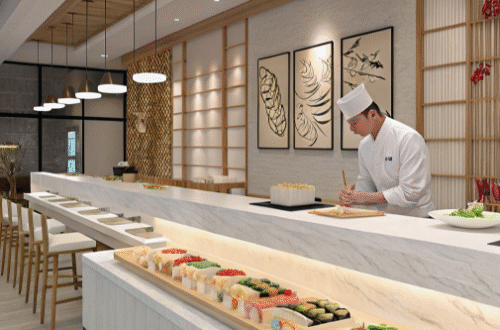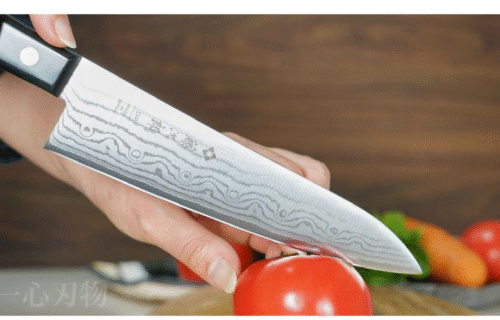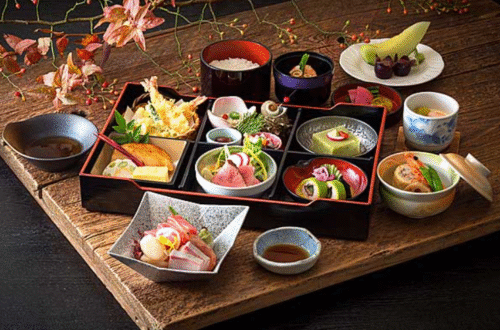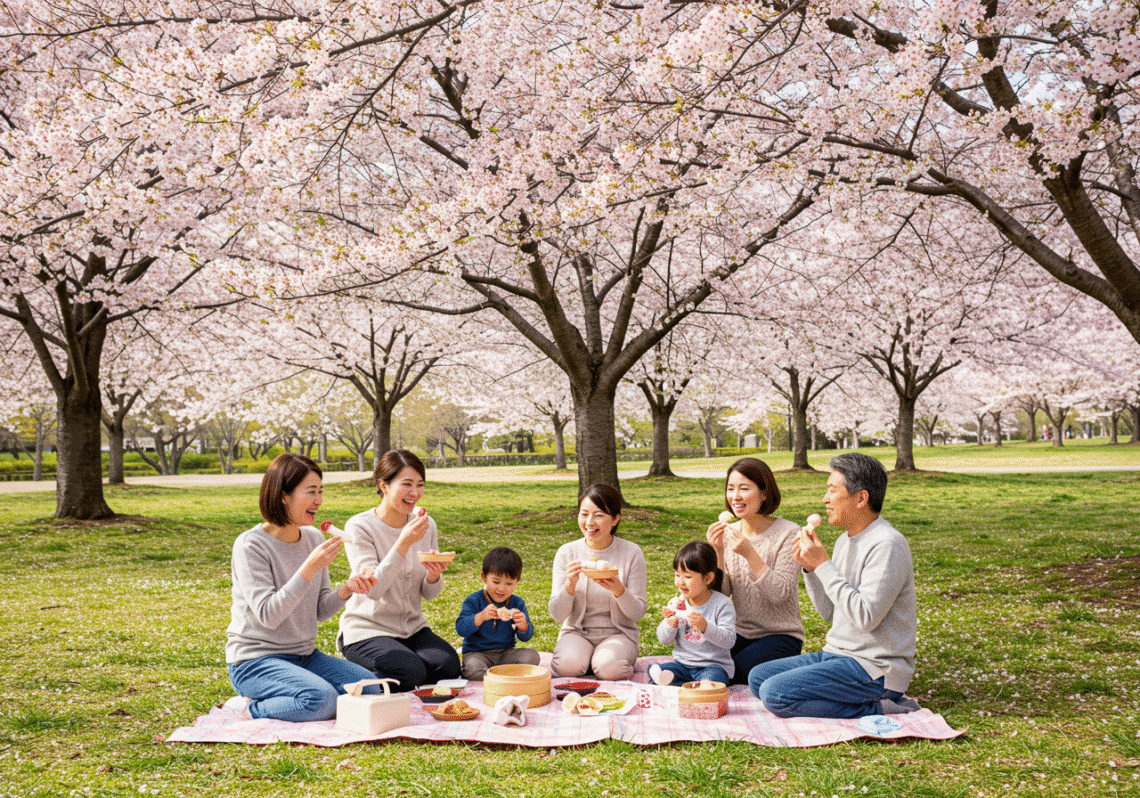
01-01. Complete Guide to Your First Trip to Japan: Everything You Need to Know About the Best Time, Places, and Budget for the Perfect Trip
Welcome, future adventurers of Japan.
Before you lies a blank map. Its name is “Japan.” Neon-lit futuristic cities, ancient temples shrouded in silence, lush green mountains, and a unique and profound culture. All of this awaits your discovery.
However, I understand how overwhelming it can feel to not know where to start. “When is the best time to go?” “Where should I visit?” “How much budget do I need?”—such countless questions are likely swelling as much as your expectations.
Rest assured. This article is your “compass.” We will break down the seemingly complex process of planning a trip to Japan into simple, actionable steps, guiding you toward the best possible journey.
Take a deep breath, and let’s take the first step toward your dream journey together. The most unforgettable adventure of your life begins here.
Chapter 1: WHEN – When is the “best time to visit Japan” for you? | A Four-Season Dilemma
The most important thing to decide when planning a trip to Japan is “when to go.” The charm of Japan changes dramatically with the changing seasons. The best season for you will depend on what you are looking for in your trip.
Spring (March to May): The cherry blossom dream that the world admires
Spring in Japan is not just a season. It is an event. The cherry blossom season, when the whole country is dyed a pale pink, is a scene that many travelers dream of.
- Things to experience:
- Ohanami: A traditional Japanese culture of enjoying picnics, drinks, and meals under cherry blossom trees in full bloom. Ueno Park (Tokyo) and the Philosopher’s Path (Kyoto) are particularly famous.
- Pleasant Climate: Warm days make for ideal weather for strolling.
- Spring Delicacies: Enjoy strawberry picking and seasonal bamboo shoot dishes.
- Things to Know:
- Crowds and Prices: This is the most popular season of the year. Especially during the peak cherry blossom season and the Golden Week holiday from late April to early May, the area is packed with domestic and international tourists, and airfare and hotel prices can skyrocket by 1.5 to 2 times.
- Book early: If you plan to travel during this period, booking 6 months to a year in advance is essential.
- Expert tip:
- The cherry blossom front moves from south to north. Even if you miss the peak in Tokyo or Kyoto, the best viewing period may be in the Tohoku region or Nagano Prefecture from late April to early May. By slightly adjusting your route, you may be able to avoid the crowds and enjoy beautiful cherry blossoms.
Summer (June to August): Festive atmosphere and vibrant greenery
Although Japanese summers are hot and humid, they are filled with energy that more than makes up for it.
- Things to experience:
- Summer festivals (Natsu Matsuri) & fireworks displays (Hanabi): Grand festivals are held all over the country. The Gion Festival in Kyoto and the Tenjin Festival in Osaka are particularly spectacular. Japanese fireworks, which light up the night sky, are truly an art form.
- Outdoor paradise: The mountains are covered in deep greenery, making them ideal for hiking and mountain climbing. The lavender fields in Furano, Hokkaido, are also in full bloom.
- Beaches: You can enjoy swimming at the beautiful beaches of Okinawa and the Izu Peninsula.
- Things to know:
- Tsuyu (rainy season): From June to mid-July, it is the rainy season, and there are many rainy days.
- Extreme Heat and Typhoons: August is the hottest month of the year, with extremely high humidity. Additionally, August to September is typhoon season, which may affect flights and trains.
- Expert Tips:
- To escape the summer heat, consider heading to cooler regions like Hokkaido or the “Japanese Alps” spanning Nagano and Toyama. Incorporating indoor attractions like museums, aquariums, and department stores into your travel plans is also recommended.
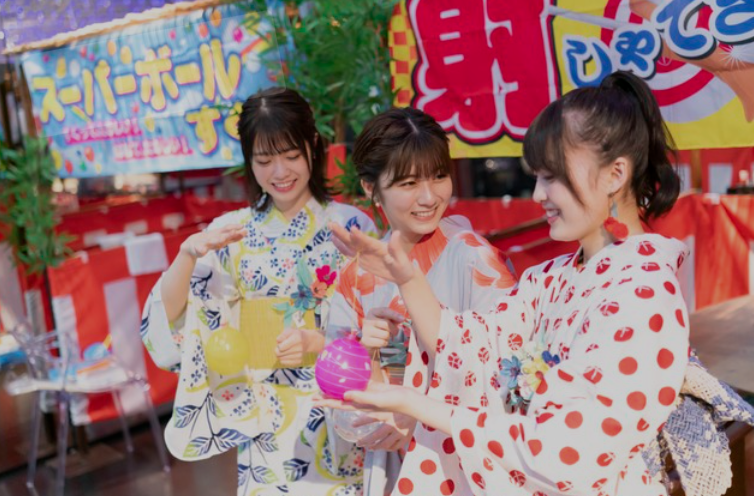
Autumn (September to November): Mild weather and fiery autumn leaves
Many seasoned travelers agree that autumn is the best season in Japan.
- Things to experience:
- Momijigari (autumn leaf viewing): Autumn leaves in Japan are not just leaves that change color. The sight of maple and ginkgo trees burning red and golden is breathtakingly beautiful. Kyoto’s temples and shrines, as well as Nikko and Hakone, are famous for their autumn foliage.
- Comfortable climate: The heat subsides, the air is clear, and it is one of the most comfortable seasons for travel.
- Autumn appetite: Rice, chestnuts, saury, mushrooms, and other harvest foods abound in autumn.
- Things to know:
- Popularity: While not as busy as spring, hotels tend to fill up during the peak autumn foliage season. Early reservations are recommended, especially in Kyoto.
- September typhoons: There is still a risk of typhoons in September.
- Expert tip:
- Like cherry blossoms, autumn foliage moves from north to south. In October, you can enjoy it in Hokkaido and Tohoku; in November, in Tokyo and Kyoto; and in early December, in Kamakura. Plan your itinerary to find the best autumn foliage spots for you.
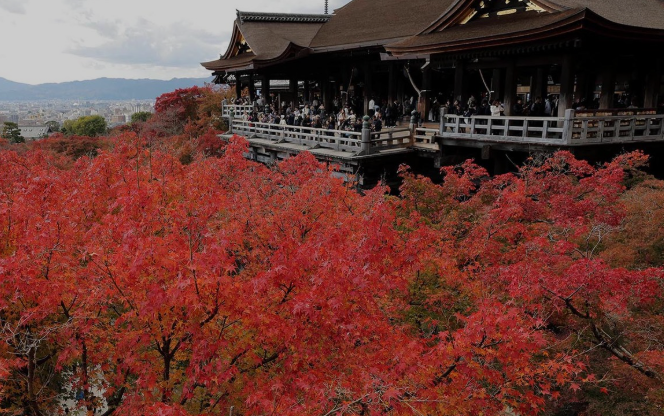
Winter (December to February): Silent snowy landscapes and healing hot springs
Winter in Japan is a quiet, magical, and surprisingly beautiful season.
- Things to experience:
- Winter sports: Niseko in Hokkaido and Hakuba in Nagano are powder snow paradises that are highly praised by skiers and snowboarders from around the world.
- Hot springs (onsen): Soaking in an open-air bath while gazing at the snowy landscape is pure bliss. It warms you to the core.
- Winter Scenery and Events: The Sapporo Snow Festival, the snow-covered gassho-zukuri houses in Shirakawa-go, Gifu Prefecture, and the monkeys bathing in hot springs at Jigokudani Monkey Park in Nagano are just some of the unique winter sights to enjoy.
- Less Crowded: Except for ski resorts and some events, there are fewer tourists, allowing for a more relaxed sightseeing experience.
- Things to Know:
- Cold weather and daylight hours: As expected, it is cold. Proper cold-weather gear is essential. Additionally, since sunset comes early, it is advisable to start your day’s plans early.
- Expert tip:
- Winter is the season when Mount Fuji is most likely to appear at its most beautiful due to the clear air. Additionally, Okinawa in the south remains relatively warm (15-20°C) even in winter, making it a good option for those who dislike the cold.
| Season | Climate | Crowds | Cost | Recommended Activities |
| Spring | Comfortable | ★★★★★ | High | Cherry blossoms, hanami, park walks |
| Summer | Hot and humid | ★★★☆☆ | Average | Summer festivals, fireworks, mountain climbing, |
| Fall | Comfortable | ★★★★☆ | Somewhat high | Leaf viewing, hiking, gourmet food |
| Winter | Cold/snowy | ★★☆☆☆ | Low | Skiing, hot springs, snowy landscapes, illuminations |
Chapter 2: WHERE – Where should you go on your first trip? | Crafting Your Perfect Itinerary
Choosing where to visit on your first trip to Japan can be a difficult decision, given the country’s many attractive cities. Here, we introduce the most popular “Golden Route,” which allows you to experience the diverse charms of Japan, as well as model plans tailored to the length of your trip.
The classic “Golden Route”
Over 60% of first-time visitors to Japan are said to travel the route connecting Tokyo, Hakone, and Kyoto. Adding Osaka and Hiroshima to this is a standard option. Why? Because this route encompasses “everything you expect from Japan.”
- Tokyo: The Ultimate City of the Future
- What can you experience? The energy of the world’s most populous city. The cutting edge of anime, fashion, and technology. And the old traditions that live on in the back alleys.
- Must-see spots: The crowds at Shibuya Scramble Crossing, the urban oasis of Shinjuku Gyoen, the history of Asakusa and Sensoji Temple, the digital art museum TeamLab, and Akihabara, the mecca of anime.
- Hakone: A natural retreat with views of Mount Fuji
- What can you experience? Escape the hustle and bustle of Tokyo and relax in beautiful natural surroundings. Enjoy a special stay at a traditional Japanese inn (ryokan).
- Must-see spots: Pirate ships on Lake Ashi, volcanic activity at Owakudani, Hakone Open-Air Museum, and above all, the majestic Mount Fuji on a clear day.
- Kyoto: The ancient capital where the soul of Japan resides
- What can you experience? The immeasurable history and culture of a city that has been the capital for over 1,000 years. 17 World Heritage Sites.
- Must-see spots: The golden Kinkaku-ji Temple, the thousand torii gates of Fushimi Inari Taisha Shrine, the mystical bamboo forest of Arashiyama, and the cobblestone streets of Gion where geiko and maiko stroll.
Model Plans by Travel Duration
- [7 Days] Super Express! Japan Highlights Plan
- This is an energetic plan that allows you to experience the essence of Japan in a short period of time.
- Days 1-4: Arrive in Tokyo. Explore the city (Shinjuku, Shibuya, Akihabara, Asakusa).
- Days 5-7: Take the Shinkansen to Kyoto. Explore Kyoto (Kinkaku-ji Temple, Fushimi Inari Shrine,Arashiyama). Depart from Kansai International Airport (KIX).
- [10 Days] Classic! Golden Route Enjoyment Plan
- The most balanced and popular plan. Enjoy both nature and culture.
- Days 1-4: Arrive in Tokyo and explore the city.
- Day 5: Travel to Hakone. Stay at a hot spring inn.
- Days 6-9: Travel to Kyoto. Explore the city and take a day trip to nearby Nara (famous for its giant Buddha statue and friendly deer).
- Day 10: Departure from Kansai International Airport (KIX).
- [14 days] Perfect! Immerse Yourself in the Depths of Japan Plan
- If you have time, this plan is recommended. It includes a journey to learn about the tragedies and hopes of history.
- Days 1-5: Arrive in Tokyo, sightseeing in the city (take time to visit museums and nearby Kamakura, etc.).
- Day 6: Move to Hakone, stay overnight.
- Days 7-10: Move to Kyoto, explore the city and Nara at your leisure.
- Days 11-12: Move to Hiroshima. Visit the Atomic Bomb Dome and the Peace Memorial Museum. Then take a ferry to Miyajima and visit the floating Itsukushima Shrine.
- Day 13: Move to Osaka. Enjoy your final night in the city known for its delicious food.
- Day 14: Departure from Kansai International Airport (KIX).
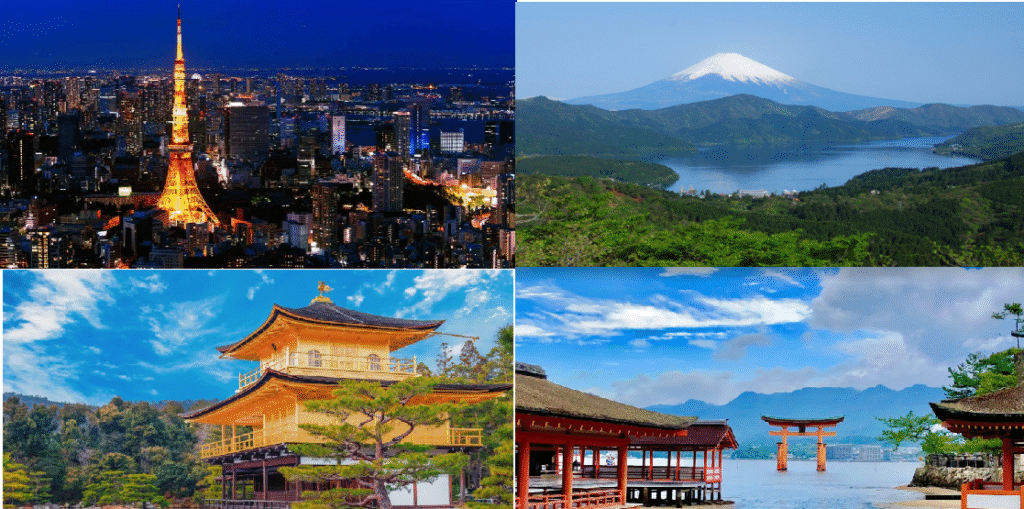
Chapter 3: HOW MUCH – How much does your dream trip cost? | A Realistic Budget Breakdown
Now, let’s talk about the most realistic and important issue: your budget. Japan may have a reputation for being expensive, but with careful planning, it is possible to keep your budget surprisingly low or even indulge in luxury. Here, we will break down the realistic costs. (Converted at 1 dollar = 150 yen)
Airfare Guide to Japan: Traveling from the United States and Europe
When planning a trip to Japan, airfare is one of the biggest expenses. Prices vary greatly depending on your departure location, season, booking timing, airline, and whether you choose a direct or connecting flight.
Below, we provide general round-trip airfare estimates categorized into three styles: “Budget-conscious,” “Standard,” and “Luxury.” Please refer to these estimates based on your travel style and budget.
【Budget Traveler】
Travel Style: For those who prioritize cost and want to travel smartly. Recommended for travelers who are flexible with flight times and number of layovers.
- Class of Service: Economy Class
- Airfare Features:
- In most cases, there will be one or two layovers.
- LCCs (low-cost carriers) and Middle Eastern/Asian airlines are often used.
- Strict restrictions or additional fees may apply for changes or cancellations after booking.
- Checked baggage may be subject to fees or strict quantity restrictions.
- Tips for keeping costs down:
- Aim for the off-season: Prices tend to be lower from January to February, June, and late November to early December, avoiding Japan’s peak tourist seasons (cherry blossoms in spring, autumn foliage).
- Book early: Aim to book 3 months to half a year in advance.
- Flexibility in departure and arrival airports: For example, expanding the departure location in the US beyond major hubs like Los Angeles and New York to nearby cities, or considering arrival locations in Japan beyond Narita and Haneda to include Osaka (Kansai) and Nagoya (Chubu), may help you find cheaper tickets.
Approximate cost (per person, round trip)
- From the US: $900 – $1,500 USD
- Flights from the West Coast (Los Angeles, San Francisco, etc.) tend to be cheaper than flights from the East Coast (New York, Chicago, etc.).
- From Europe: €800 – €1,400 EUR / £700 – £1,200 GBP
- Flights departing from major hub airports (London, Paris, Frankfurt, etc.) and connecting through cities in the Middle East (Dubai, Doha, etc.) or Asia (Istanbul, Helsinki, etc.) often fall within this price range.
【Standard / Mid-Range Traveler】
Travel style: For those who value a balance between comfort and cost. Recommended for travelers who want to ensure a certain level of comfort even on long flights.
- Class of service: Premium Economy Class or direct flights in Economy Class with major airlines.
- Ticket features:
- Premium Economy: Offers more legroom and a greater reclining angle than Economy. Enjoy upgraded services such as dedicated check-in counters, upgraded in-flight meals, and enhanced amenities.
- Direct Flight Economy: Eliminates the stress and time of layovers, allowing you to arrive in Japan in the shortest possible time. Options include Japanese (JAL, ANA) and major U.S. or European airlines.
- Benefits of choosing this class:
- Fatigue is significantly reduced on flights longer than 10 hours.
- You can start your activities in Japan with energy from the first day after arrival.
- There is peace of mind in terms of services, such as a higher checked baggage allowance.
Price range (round-trip per person)
- From the US: $1,800 – $3,500 USD
- Prices vary depending on the availability of direct flights and the airline. Premium Economy on Japanese airlines is particularly popular.
- From Europe: €1,500 – €3,000 EUR / £1,300 – £2,600 GBP
- This is a highly popular option for European travelers seeking a comfortable journey. During periods with fewer business travelers, relatively affordable prices may also be available.
【Luxury Traveler】
Travel style: For those who seek the highest level of comfort and service and consider travel time itself to be part of the enjoyment of the trip. Ideal for commemorative trips and business travel.
- Class of service: Business Class or First Class
- Ticket features:
- Business Class: Fully flat seats allow you to lie down completely and get a good night’s sleep. Enjoy access to airport lounges before departure, gourmet meals and high-quality wines, priority boarding and disembarkation, and other comprehensive services.
- First Class: Experience ultimate service in a private, cabin-like space with enhanced privacy. It’s truly a “flying hotel.”
- Benefits of choosing this class:
- Minimize jet lag and arrive in Japan in perfect condition.
- Enjoy a private space free from disturbances, where you can relax or focus on work.
- Experience a special and unforgettable journey from start to finish.
Price range (per person round-trip)
- From the US: $4,000 – $12,000+ USD
- During sales or with certain airlines, prices as low as $3,000 may be available, but generally, the benchmark is over $5,000. First Class prices exceeding $15,000 are not uncommon.
- From Europe: €4,000 – €10,000+ EUR / £3,500 – £9,000+ GBP
- Business class fares are also highly competitive, and you may find affordable options depending on the airline and timing. Especially on routes connecting Europe and Japan, airlines have introduced state-of-the-art seats, offering a high level of comfort.
Final advice:
When comparing prices on flight search sites (Google Flights, Skyscanner, Kayak, etc.), be sure to check not only the price but also the flight time, number of layovers, and the airline’s reputation. Find the best ticket that suits your travel style and start your wonderful trip to Japan.
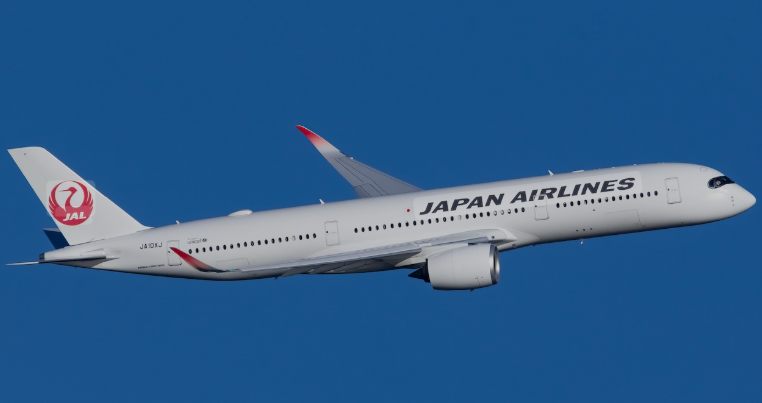
Japan Accommodation Price Guide: How to Choose the Right Accommodation for Your Style
Japan offers a wide variety of accommodation options, ranging from traditional ryokan inns to futuristic capsule hotels. Prices vary greatly depending on whether you are in an urban or rural area, the season, and the grade of the facility, but one of the major characteristics of Japanese accommodation is that cleanliness and safety are maintained at a very high level regardless of price range.
Below is a general price guide per room (or per person) per night.
(Note: These rates are based on weekday stays in major cities like Tokyo and Kyoto. During weekends, holidays, and peak tourist seasons (such as cherry blossom or autumn foliage periods), rates can increase by 1.5 to 2 times or more.)
【Budget Traveler】
Travel style: For active travelers who want to keep accommodation costs to a minimum and spend more on food and experiences. Also ideal for those who enjoy interacting with other travelers.
- Types of accommodation: Hostels, guesthouses, capsule hotels
- Features:
- Hostels/Guesthouses: Mainly dormitory-style rooms, with well-equipped shared spaces such as kitchens and lounges. Some facilities also offer private rooms. The biggest appeal is the opportunity to meet travelers from all over the world.
- Capsule Hotels: A unique Japanese accommodation style. Minimal spaces (capsules) for sleeping are lined up, with many facilities divided into male-only or gender-separated floors. In recent years, there has been an increase in facilities with high design quality and comfort. Recommended for those seeking a unique experience.
- Notes:
- Towels and amenities may be charged separately.
- Privacy is difficult to ensure in dormitories, but the rates are very affordable.
- Price range (per night)
- Dormitory (per person): ¥3,000 – ¥6,000
- Private room (per room): ¥7,000 – ¥12,000
- Capsule hotel (per person): ¥4,000 – ¥8,000
【Standard / Mid-Range Traveler】
Travel style: For the majority of travelers who prioritize cost performance while ensuring a clean and functional private space. Experience Japan’s spirit of “efficiency” and “hospitality.”
- Types of accommodations: Business hotels, apartment hotels, 3-star tourist hotels
- Features:
- Business Hotels: The mainstay of Japanese accommodations. Rooms are compact but efficiently equipped with all necessary amenities (bed, desk, private bathroom, Wi-Fi, and amenities). Many are conveniently located near stations, making them ideal bases for sightseeing. Notable chains include APA Hotel, Toyoko Inn, and Dormy Inn.
- Apartment Hotels: Equipped with kitchens and washing machines, these are suitable for long stays or family trips. Recommended for those who wish to travel as if they were living there.
- Advantages of choosing this class:
- Complete privacy is guaranteed.
- They are conveniently located, making it easy to access any destination.
- Many are part of hotel chains, ensuring consistent quality service nationwide.
Price range (per night for one room accommodating two people)
- Business Hotels/Tourist Hotels: ¥12,000 – ¥25,000
【Luxury Traveler】
Travel style: For those who consider accommodation itself to be the highlight of their trip and seek the highest quality service and unforgettable experiences. Ideal for special anniversaries and reward trips.
- Types of accommodation: 5-star foreign and Japanese hotels, luxury ryokan (traditional Japanese inns)
- Features:
- Luxury Hotels: Spacious rooms, stunning views, high-end restaurants, pools, spas, and impeccable service. International brands such as Park Hyatt, Ritz-Carlton, and Mandarin Oriental, as well as Japanese heritage brands like Imperial Hotel and Hotel Okura, are highly regarded.
- High-end Ryokans: These are places where you can experience the essence of Japanese traditional culture. They feature beautiful Japanese gardens, natural hot springs, and meticulous hospitality provided by attendants. The price typically includes an artistic kaiseki dinner made with seasonal ingredients and a variety of Japanese breakfast items. A notable feature is that accommodation fees are often listed per person (including meals).
- Benefits of choosing this class:
- You can enjoy time and space to relax away from the hustle and bustle of everyday life.
- You can experience Japanese traditional culture and the highest level of hospitality.
Price range (per night for two people sharing a room)
- Luxury hotels: ¥50,000 – ¥150,000+
- High-end ryokan (per person, including two meals): ¥40,000 – ¥100,000+
Aadvice:
When using accommodation booking sites (such as Booking.com, Agoda, Expedia, etc.), it is important to check not only the price but also the latest reviews, photos, and location (distance from the nearest station). Find the perfect accommodation for your travel goals and budget, and make your stay in Japan comfortable and memorable.
Savvy Saving Tips
- Love convenience stores: Japanese convenience stores (7-Eleven, FamilyMart, Lawson) are heaven. From cheap and delicious rice balls, sandwiches, fried chicken, and even authentic desserts, they are your best ally for keeping food costs down.
- IC cards are a must: Get a transportation IC card such as Suica, Pasmo, or ICOCA first. With just one card, you can pay for trains, buses, and convenience stores, saving you the hassle of buying tickets.
- Find free things to enjoy: Parks (Shinjuku Gyoen is paid, but Yoyogi Park is free), numerous shrines, window shopping, and simply walking around the city are all enjoyable activities in Japan.
- Business hotels are a great option: Japanese “business hotels” are often clean, safe, and conveniently located near stations, offering excellent value for money.
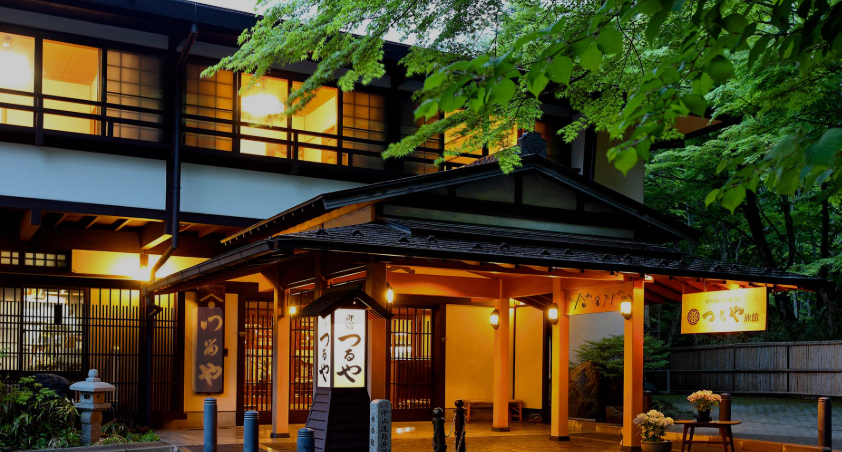
Conclusion: Planning is just the beginning of the adventure
If you’ve read this far, you should already have a concrete image of your trip to Japan. Decide when to go, where to visit, and estimate how much money you’ll need. These three pillars will form the framework of your trip.
But don’t forget: while it’s important to make a perfect plan, the best memories are often made when things don’t go according to plan.
Getting lost and stumbling upon a small shrine by chance. A kind local who helped you despite the language barrier, using gestures and expressions. A chance encounter with someone at a izakaya, sharing a toast that will never be repeated.
A plan is merely a “good luck charm” to help you embark on your adventure with peace of mind. Along the way, please surrender to your curiosity and enjoy the detours.
I sincerely hope that your first trip to Japan becomes a time that shines like a priceless treasure, never to be forgotten.
Now, unfold the map and begin to write your story.

